Flavor characteristics of top ten famous coffee beans in the world which brands of hand-made coffee beans are recommended
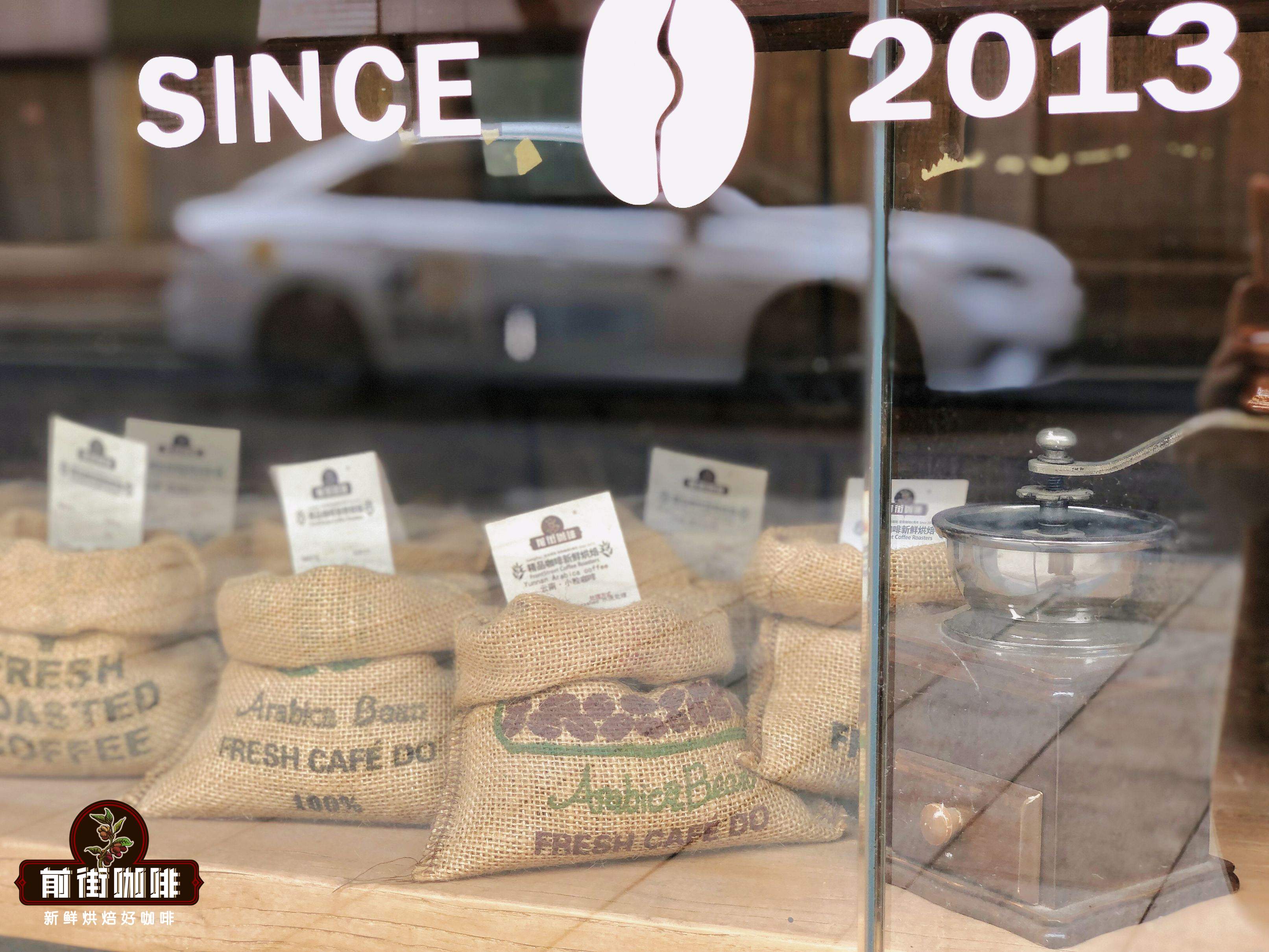
In the early years, when people talked about black coffee, they most likely thought of Blue Mountain Coffee. However, in recent years, the third wave of boutique coffee has sprung up in China, and more and more people begin to change their understanding of black coffee from simple American coffee to the concept of hand-brewed coffee and individual coffee.
Friends often come to the store on the front street to ask what hand-brewed coffee beans are recommended, as well as some basic knowledge of hand-brewed coffee (such as the temperature of hand-brewed coffee and the thickness standard of hand-brewed coffee powder, etc.). In the next, Qianjie will first introduce different flavors of coffee beans.
Everyone in Qianjie should know that there is a series of rations on the bean list in Qianjie. The coffee beans in the rations bean series are representatives of a production area or a treatment method that has been carefully selected from multiple production areas in the front street.
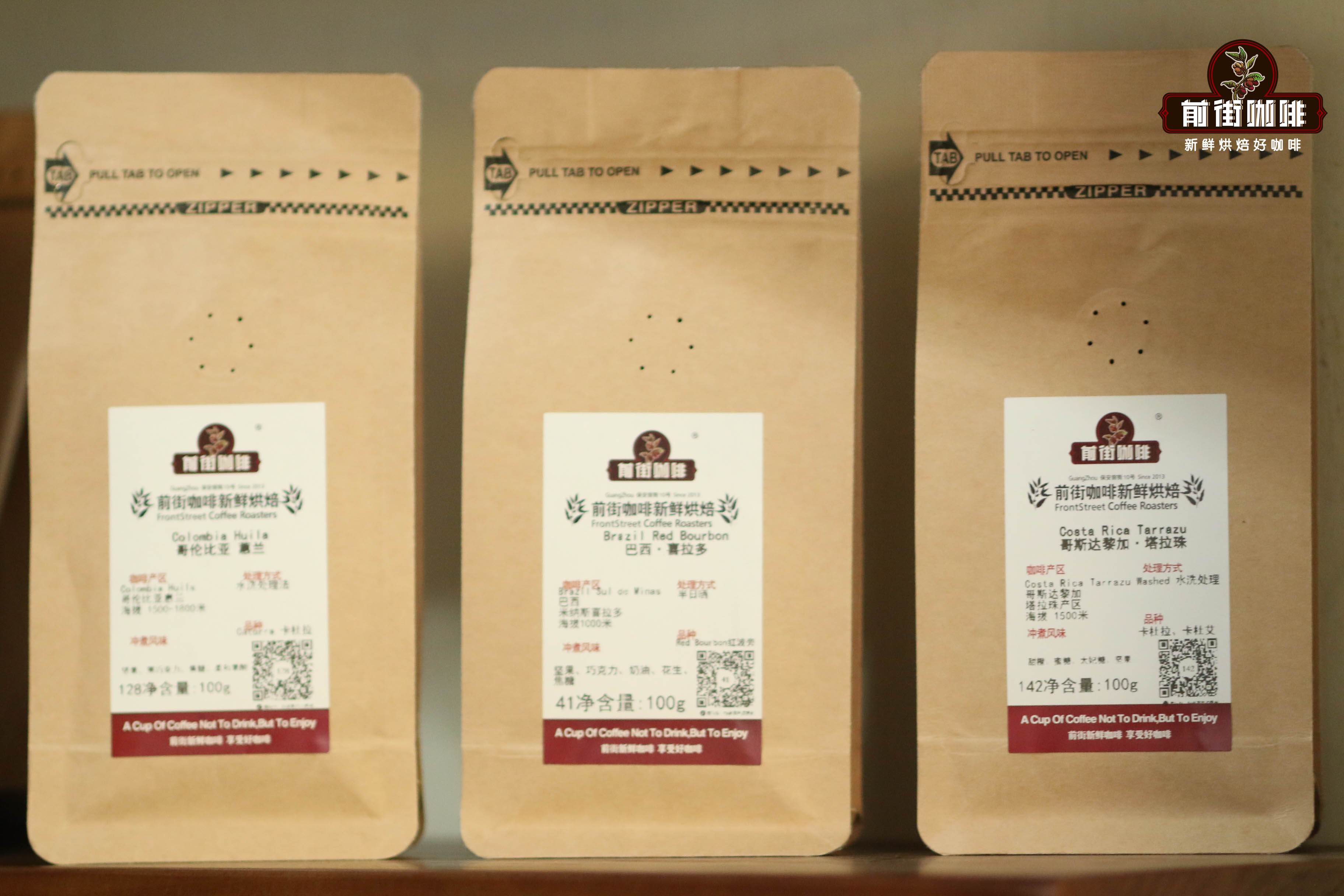
After years of experience in testing coffee beans in Qianjie, compared with the post-treatment of raw beans such as sun and honey, the coffee beans treated with water washing can show the most basic flavor of the producing area. Therefore, in the series of rations beans in Qianjie, most of them are washed coffee beans. But there are also some differences, such as half-sun treatment in Brazil and wet ploughing in Indonesia, because half-sun treatment is a traditional treatment in Brazil, and wet ploughing is also a traditional treatment combined with the local climate and economy of Indonesia.
[Ethiopia]
Ethiopia is recognized as the birthplace of coffee in the world, and coffee from Ethiopian countries is also produced by many coffee rookies. Among them, the producing areas of Yegashifi and Sidamo are the most famous. In fact, Yejasuefi used to belong to the Sidamo producing area, but its coffee has a unique jasmine flavor, so it has been independent into a major producing area.
In the 1970s, in order to improve the quality of raw coffee beans, the government introduced the water washing method. Later, most of the coffee beans in the Yejasuefi producing area were mainly washed.
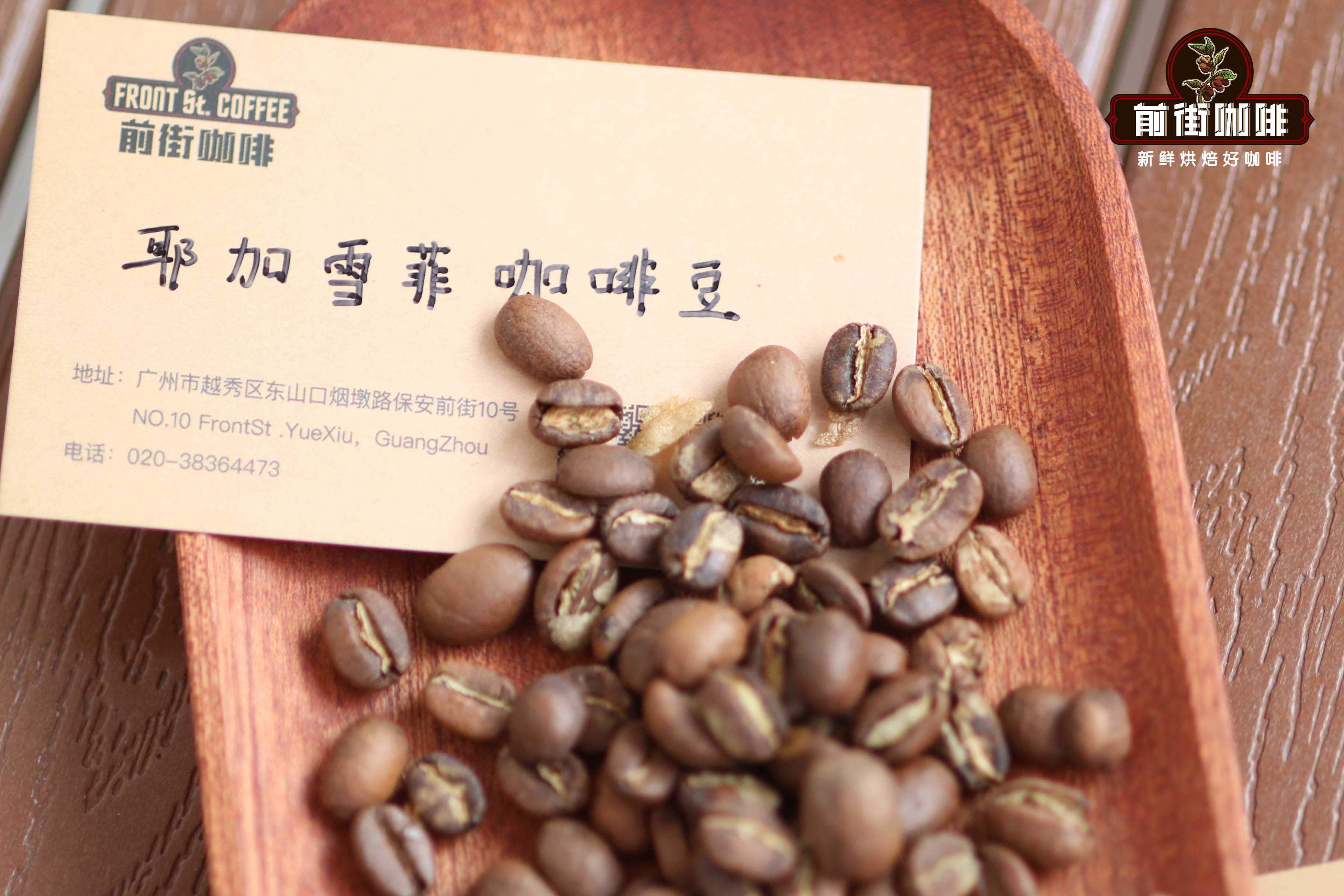
In front of the street, coffee is washed with Yega Xuefei.
Producing area: Yega Xuefei, Ethiopia
Altitude: 1800 m-2000 m
Variety: native species
Treatment method: washing treatment
Cooking flavor: Jasmine, berry, lemon, citrus
[Indonesia]
When it comes to Indonesian coffee, it is famous not only for Kopi Luwak, but also for Manning coffee. The flavor of Mantenin coffee and its treatment complement each other. The wet planing method makes Mantening coffee, and the flavor of Mantenin coffee also achieves the wet planing method.
Due to the uncertainty of cloudy and sunny conditions in Indonesia, frequent rain, and the relatively backward local economic conditions at that time, there was not enough money for Fully Washed treatment, so a very unique semi-washing method-wet planing method was derived. The wet planing method requires two steps of drying, while before the second drying, the water content of the coffee beans is 50% when the sheep skin is removed and the raw beans are directly exposed to the air for drying. This step makes the taste of Manning coffee more rich and smooth, even with the smell of herbs and spices.
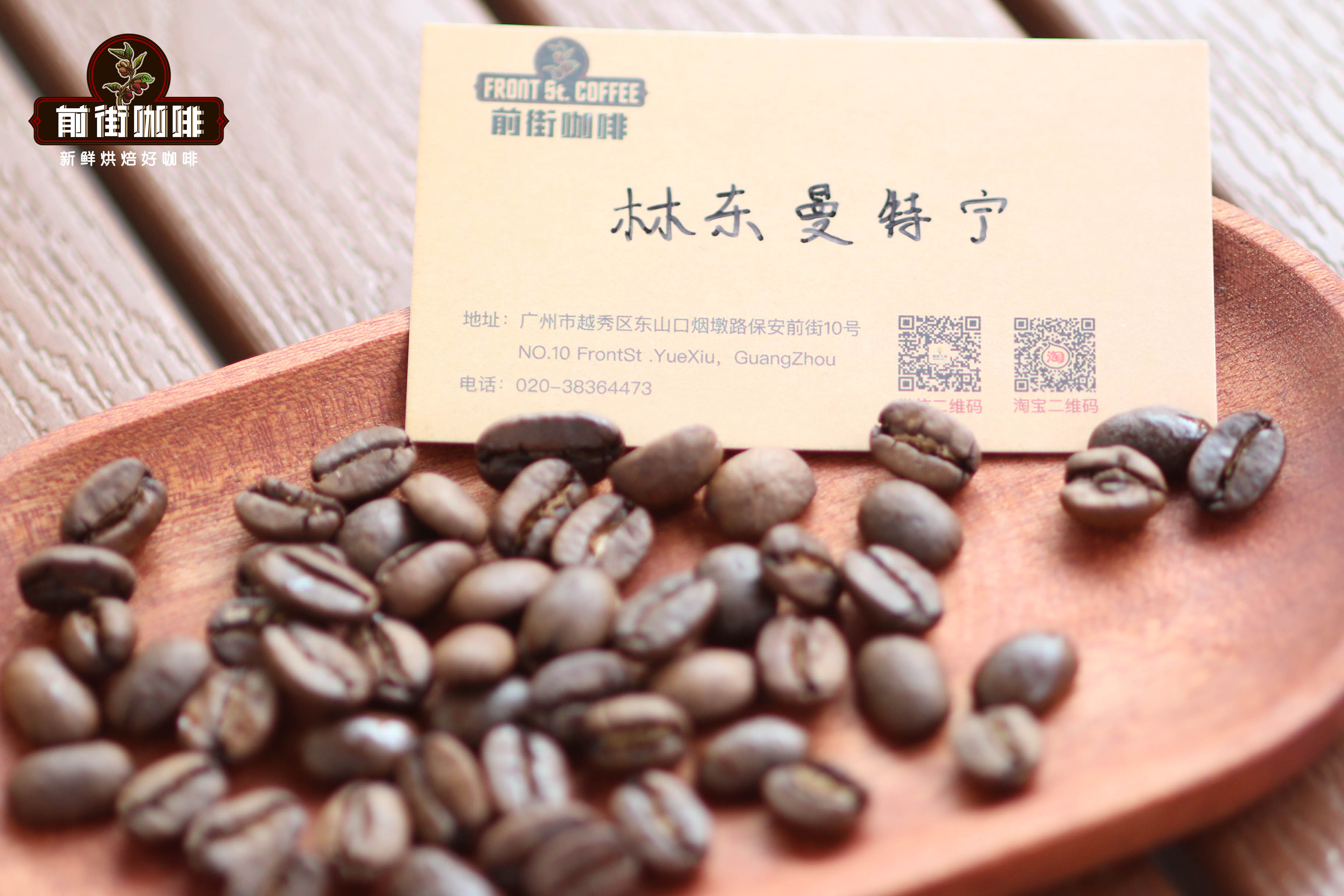
Qianjie Coffee Manning, Indonesia
Producing area: Lindong producing area of Sumatra, Indonesia
Altitude: 1100 m-1600 m
Varieties: Tim Tim, Ateng
Treatment method: wet planing method
Cooking flavor: baked toast, nuts, caramel, pine, herbs
[China]
With the popularity of the movie "coming Home at one Point", Yunnan coffee has received more and more attention, and every Chinese's patriotism is reflected in the sales figures of Yunnan coffee. In fact, there are three coffee producing areas in China, namely, Fujian, Hainan and Yunnan. However, because Fujian and Hainan are located in coastal areas with high temperatures and low elevations, coffee trees of Arabica varieties cannot be planted. China's boutique coffee cultivation is concentrated in Yunnan Province, Yunnan small-grain coffee, strong but not bitter, fragrant but not strong.
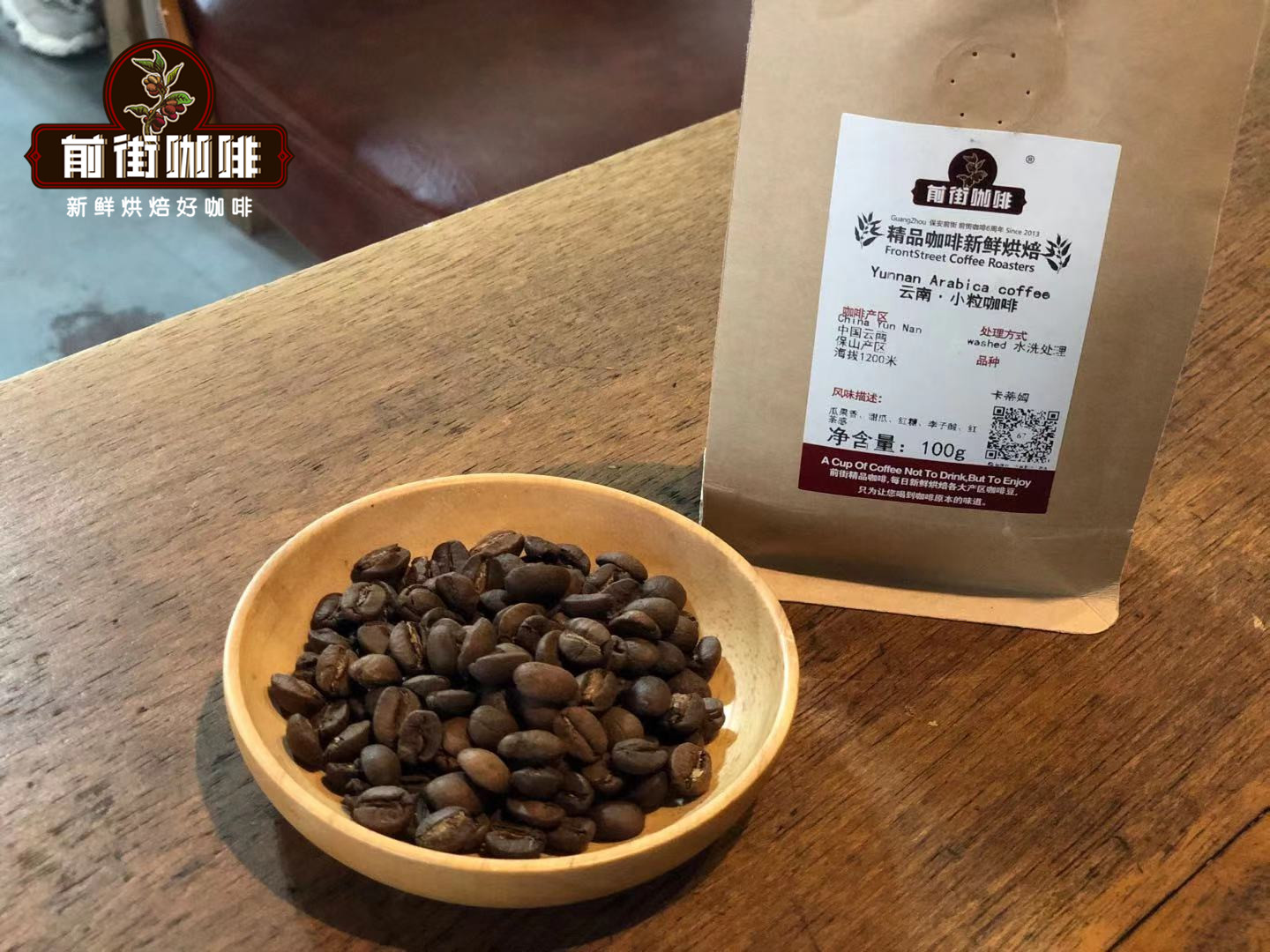
Qianjie coffee Yunnan small grain coffee
Producing area: Baoshan producing area, Yunnan, China
Altitude: 1200 m
Variety: Katim
Treatment method: washing treatment method
Cooking flavor: melon, melon, brown sugar, plum, black tea feeling
[Costa Rica]
Costa Rican coffee is the representative of "as sweet as honey", mainly because Costa Rican coffee beans are named after honey treatment. Costa Rica grows coffee at a high altitude, with a wide temperature difference between day and night, and is surrounded by fertile volcanic soil, which makes Costa Rica rich in extremely hard beans (SHB grade). Costa Rican coffee is sweet.
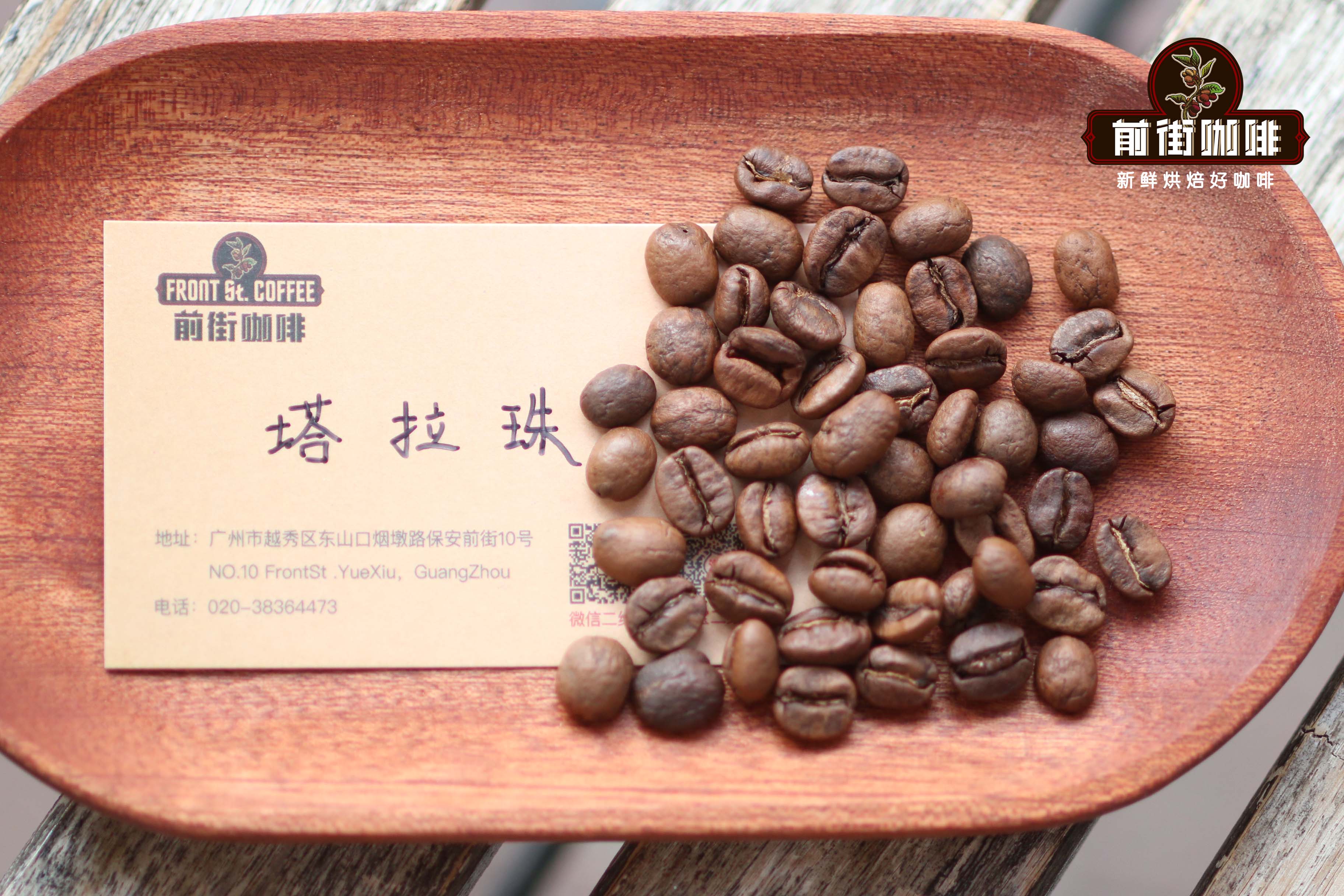
Qianjie Coffee Costa Rica Tarazu
Producing area: Tarazhu producing area of Costa Rica
Altitude: 1500 m
Variety: Kaddura, Kaduai
Treatment method: washing treatment method
Cooking flavor: orange, honey, toffee, nuts
[Colombia]
Colombian coffee is one of the few individual coffees sold under the name of the country. Those who are familiar with Colombia's "four treasures" all know that coffee is one of Colombia's "four treasures". Colombia's mild climate, humid air, and diverse climate make it a harvest season all year round, with coffee from different producing areas maturing in different periods. Colombian coffee is of unique quality, full-bodied taste and endless aftertaste, which can be called fine coffee.
The Colombian coffee beans in the Qianjie coffee rations come from the Whelan producing area, which is the most famous boutique coffee producing area in Colombia, surrounded by mountains and planted above 1500 meters above sea level, where the most important rivers in Colombia meet. Bring rich water vapor and water resources.
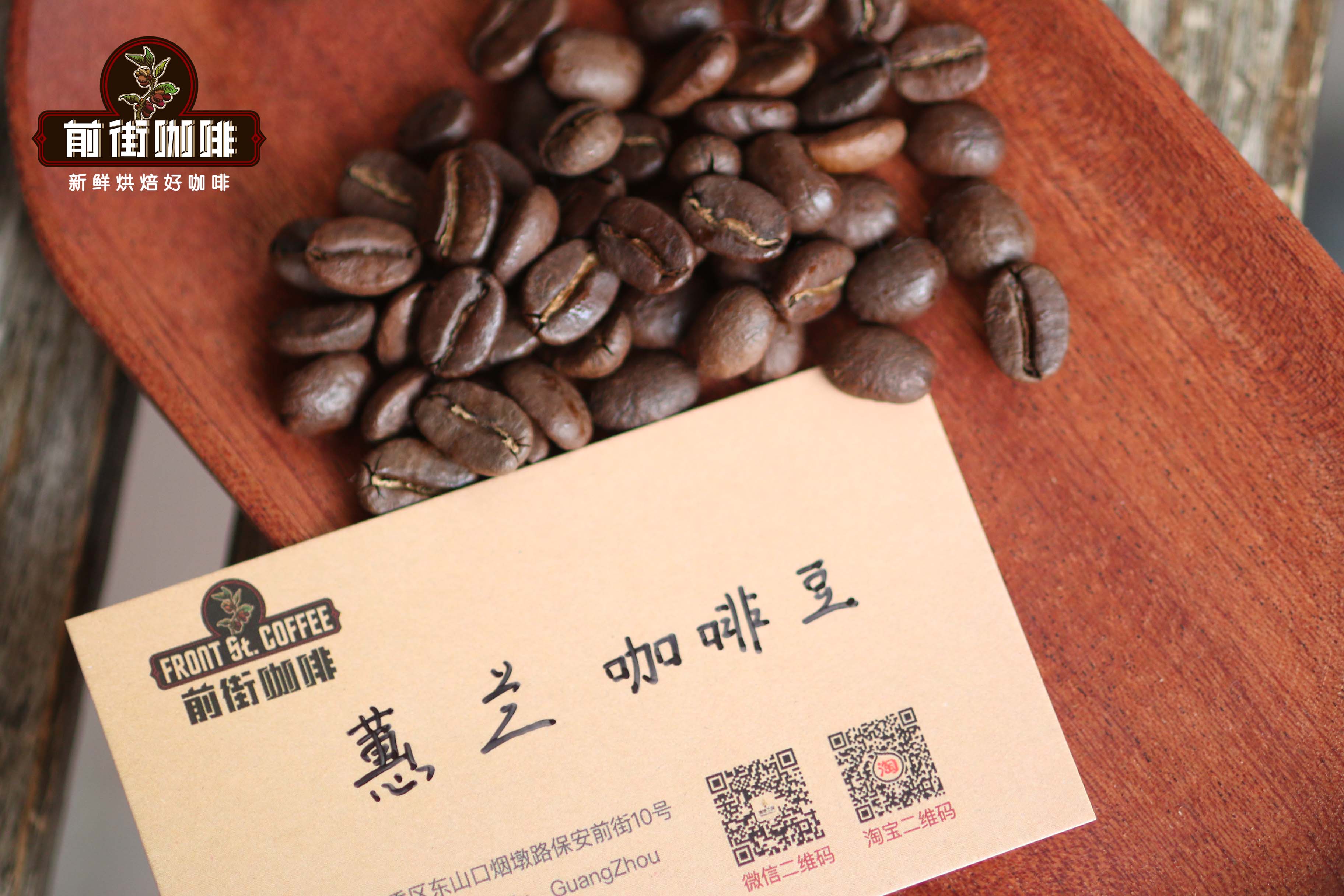
Qianjie Coffee Columbia Whelan
Producing area: Huilan, Colombia
Altitude: 1500 m-1800 m
Variety: Kaddura
Treatment method: washing treatment method
Cooking flavor: nuts, dark chocolate, caramel, soft fruit acid
[Guatemala]
When it comes to Guatemalan coffee, the first thing some coffee gluttons think of is the feeling of "smoke". Soft acidity and balanced taste are the characteristics of Guatemalan coffee, but also the characteristics of Central American coffee. In the series of rations beans, Qianjie Coffee chose Vivette Nan fruit producing area as the representative of Guatemala.
The Vivette Nanguo producing area is surrounded by three volcanoes, which provide rich minerals for the soil here, which can be more than 2000 meters above sea level and produce fruity coffee.
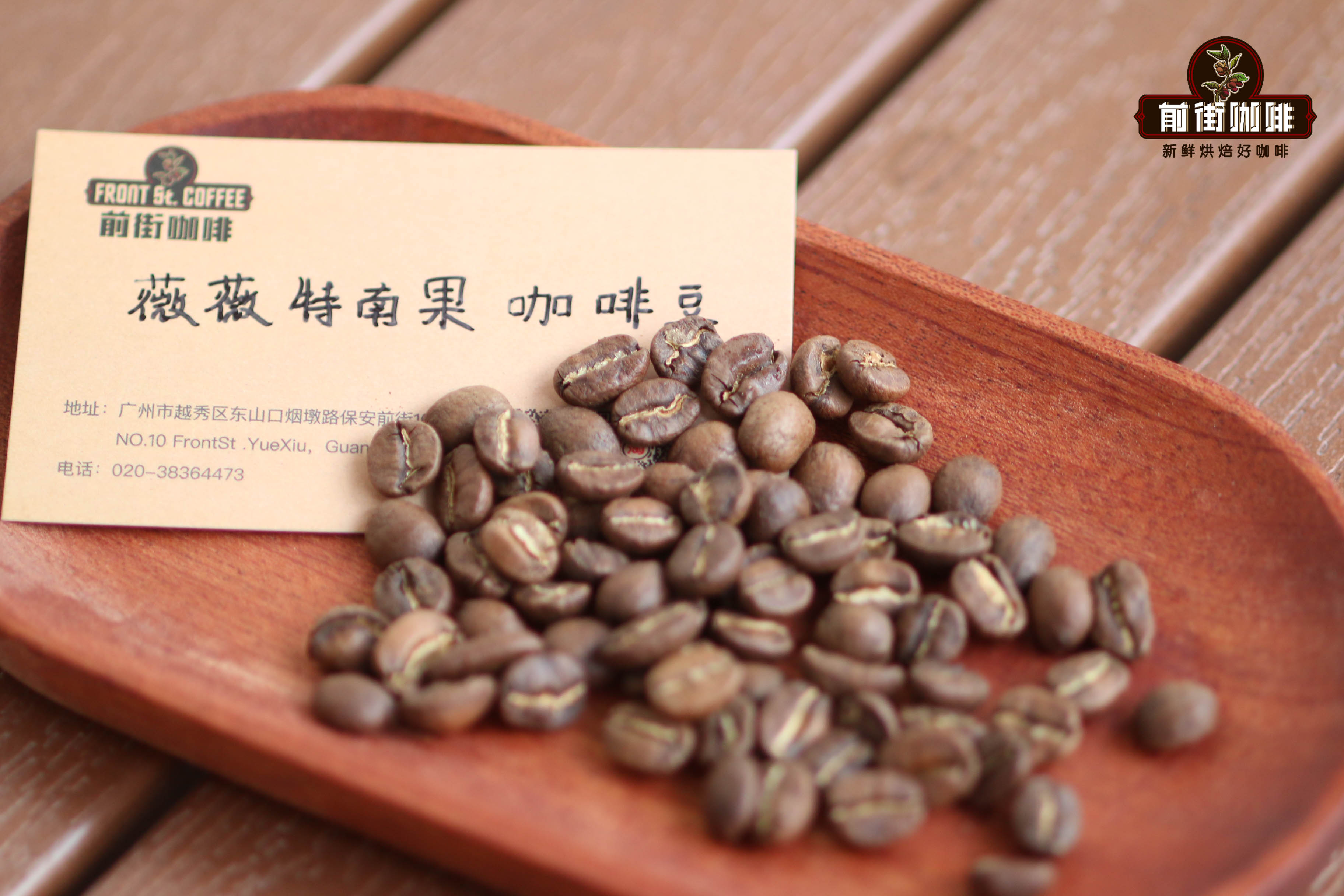
Qianjie Coffee Guatemala Vivette Nanguo
Producing area: Guatemala Vivette South Fruit producing area
Altitude: 1500 m-2000 m
Varieties: bourbon, Kaddura, Kaduai
Treatment method: washing treatment method
Cooking flavor: nuts, lemon peel, berries, citrus
[Brazil]
Brazil is now the world's largest coffee producer, even if the output is large, but there is no shortage of high-quality Brazilian coffee beans. When friends come to ask about unsour coffee beans, Brazilian coffee is the first choice for baristas in front of the street. As the coffee planting in Brazil is mostly sun-exposed, the coffee fruit can ripen quickly in a short time, so the beans are softer.
The flavor of Brazilian coffee is also a soft bean flavor, with weak acidity, good sweetness, delicate and supple entrance and overall balance.

Qianjie Coffee Brazil Red bourbon
Producing area: Syrador, Minas Gerais, Brazil
Altitude: 1000 m
Variety: red bourbon
Treatment: half-sun
Cooking flavor: peanut, cream, nut, chocolate, caramel
Qianjie learned that some of the friends who have just come into contact with hand brewing will want to know: is hand brewing coffee really better than coffee maker? The coffee machine here generally refers to the American dripping machine used at home or in the office. The American dripping machine is similar to hand-brewed coffee in that it is brewed with hot water and then filtered. However, because the dripping mode of this dripping coffee machine is set by the manufacturer, the taste of different brands of machines will be different.
On the other hand, the dripping process of hand-brewed coffee is completely controlled by hand, and the way of water injection will have a great impact on the flavor of the final product. Just as the way of one-knife water injection is the same as that of three-stage water injection, the flavor of one-knife coffee is more prominent in terms of cleanliness and acidity, while the taste is relatively weak.
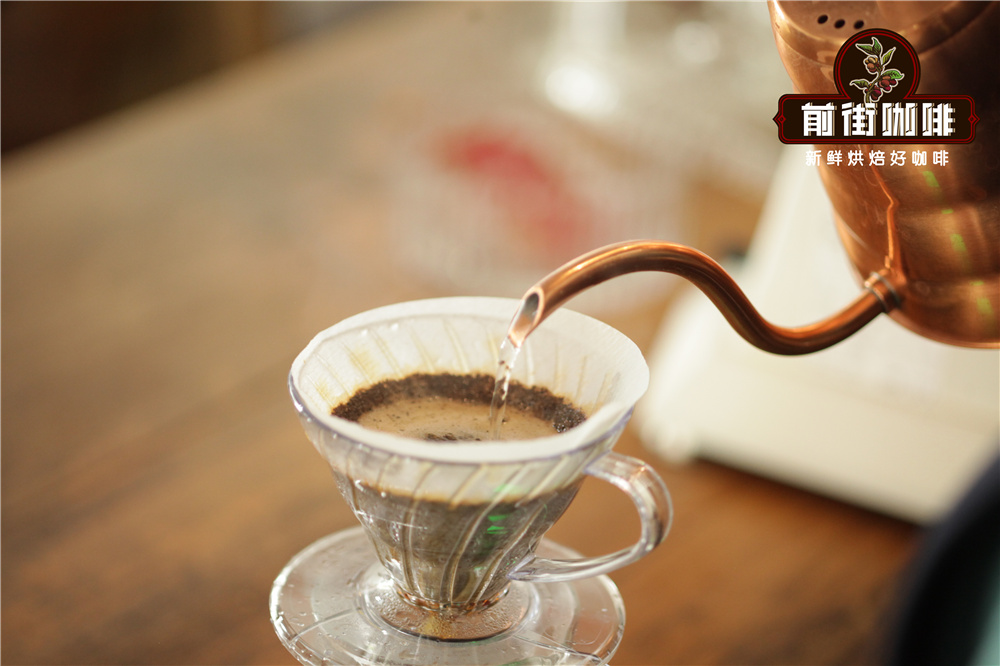
In addition, the size of the water flow during water injection will also affect the flavor and taste. With the use of small flow water injection, the liquid level of the filter cup will not be greatly improved, the powder layer on the cup wall is thicker, the extraction time is prolonged, the coffee concentration becomes higher, and the taste is thick.
In addition, the speed of the circle will also have an impact on the flavor. When the winding speed is accelerated, the scouring strength of water increases, and the tumbling degree of the powder layer in the cup increases, thus the extraction rate is improved.
For more information about coffee beans, please follow the coffee workshop (Wechat official account cafe_style) and exchange professional coffee knowledge. Please add Wechat account kaixinguoguo0925.
Important Notice :
前街咖啡 FrontStreet Coffee has moved to new addredd:
FrontStreet Coffee Address: 315,Donghua East Road,GuangZhou
Tel:020 38364473
- Prev

Flavor and taste characteristics of sidamo and yegasifi coffee
Flavor and taste characteristics of sidamo and yegasifi coffee variety grinding scale production area introduction yegasifi is a small town, 700-2100 meters above sea level, is synonymous with Ethiopian fine coffee It is a wetland since ancient times, and the old saying Yirga means to settle down, and Cheffe means wetland. The way coffee is produced here and the flavor is so prominent that Ethiopia
- Next

Picking methods and treatment of Coffee Seeds picking season of Coffee beans in Yunnan
The picking methods and treatment of coffee seeds in Yunnan coffee beans picking season at first coffee was expensive in Europe, only aristocrats can drink coffee, coffee is even called black gold. Until 1690, a Dutch captain sailed to Yemen and got some coffee seedlings, which were successfully planted in Indonesia. In 1727, the wife of a diplomat in Dutch Guiana planted a few grains of coffee
Related
- Guji coffee producing area of Guji, Ethiopia: Humbela, Shakiso, Wulaga
- What is the most expensive variety of Qiloso in BOP multi-variety group?
- How to store the coffee beans bought home?
- Why are Yemeni coffee beans so rare now?
- Ethiopian Sidamo all Red Fruit Sun Sun Santa Vini Coffee beans
- SOE is mostly sour? What does it mean? Is it a single bean? what's the difference between it and Italian blending?
- Is Italian coffee beans suitable for making hand-brewed coffee?
- How to choose coffee beans when making cold coffee? What kind of coffee beans are suitable for making cold coffee?
- Just entered the pit to make coffee, what kind of coffee beans should be chosen?
- Can only Japan buy real Blue Mountain Coffee? What are authentic Jamaican Blue Mountain coffee beans?

